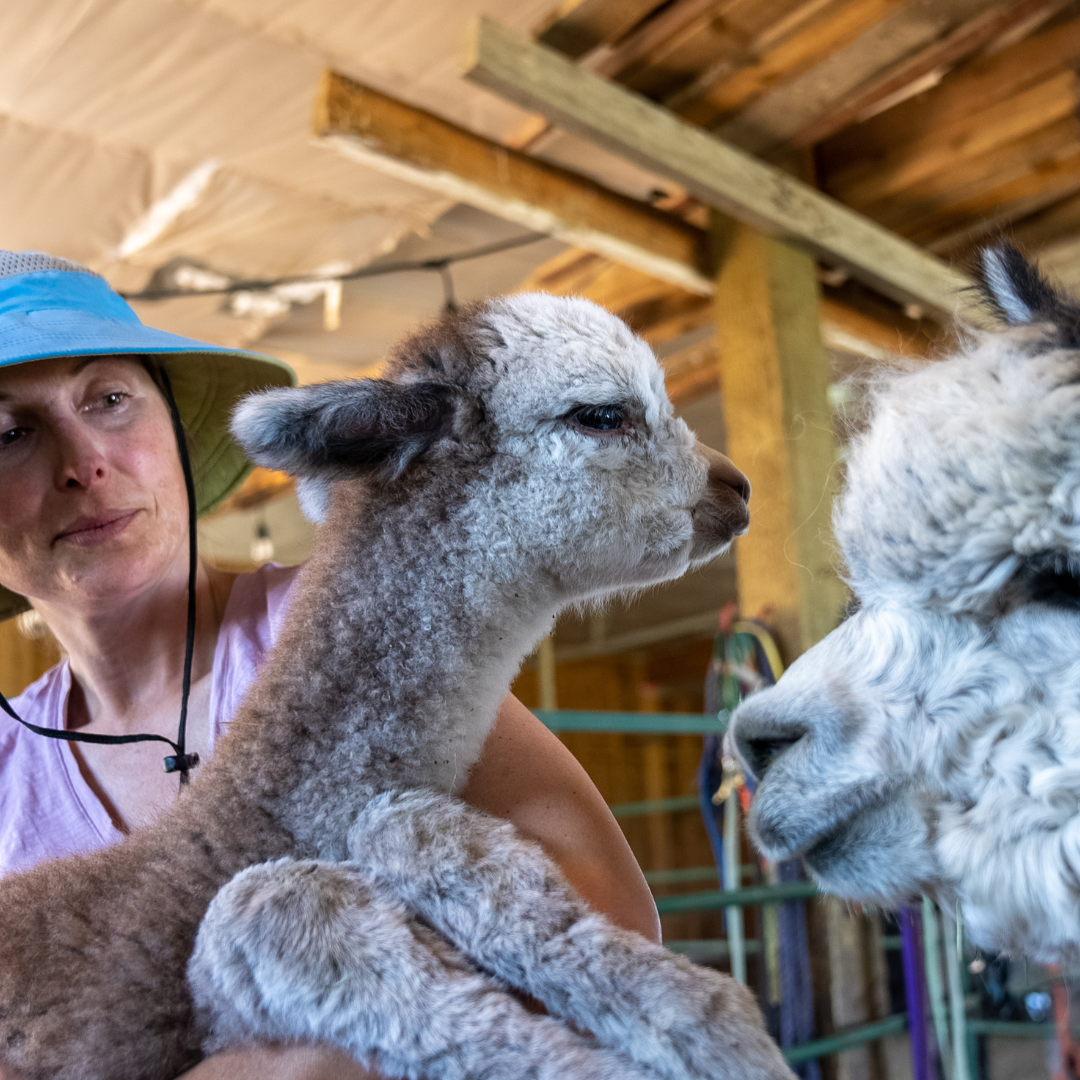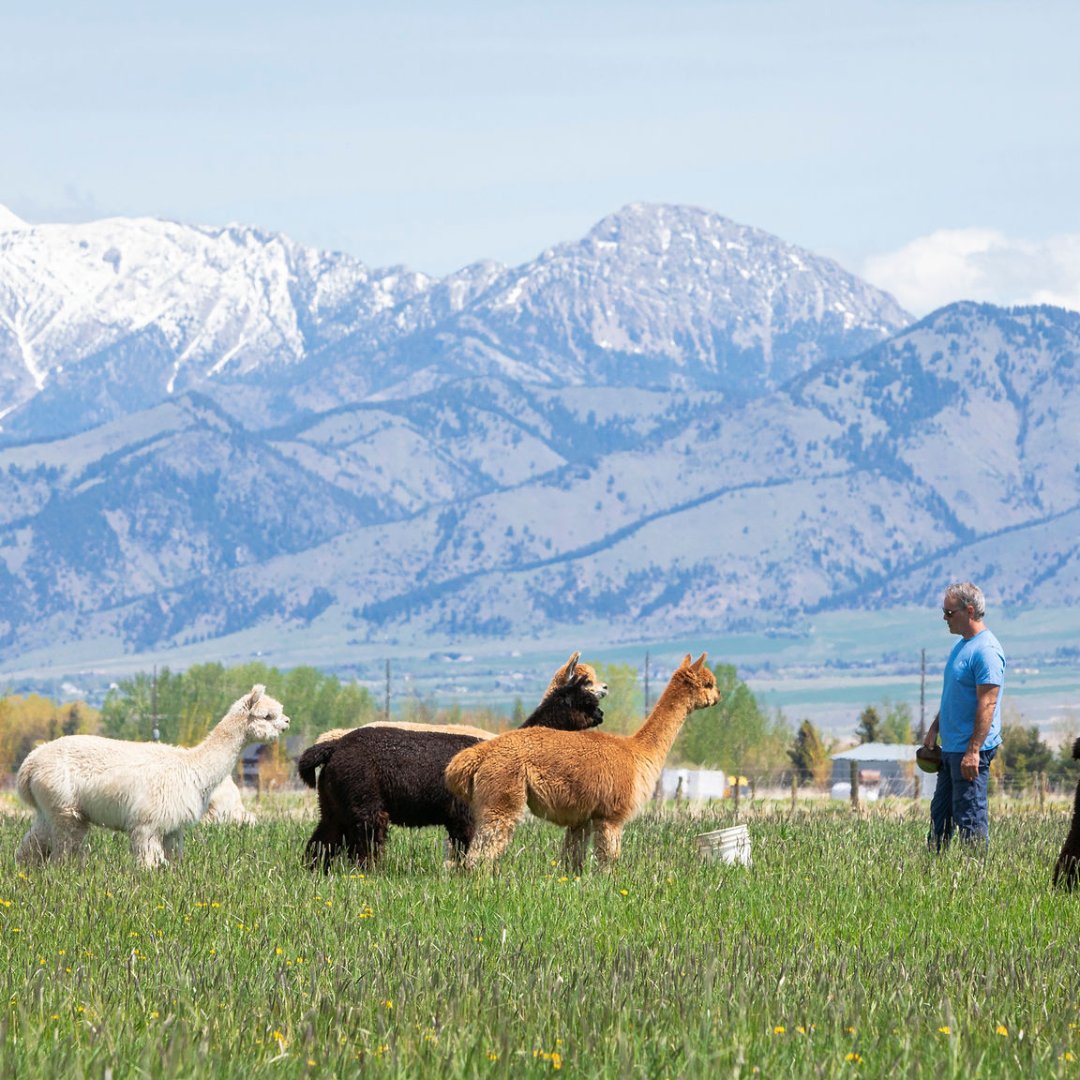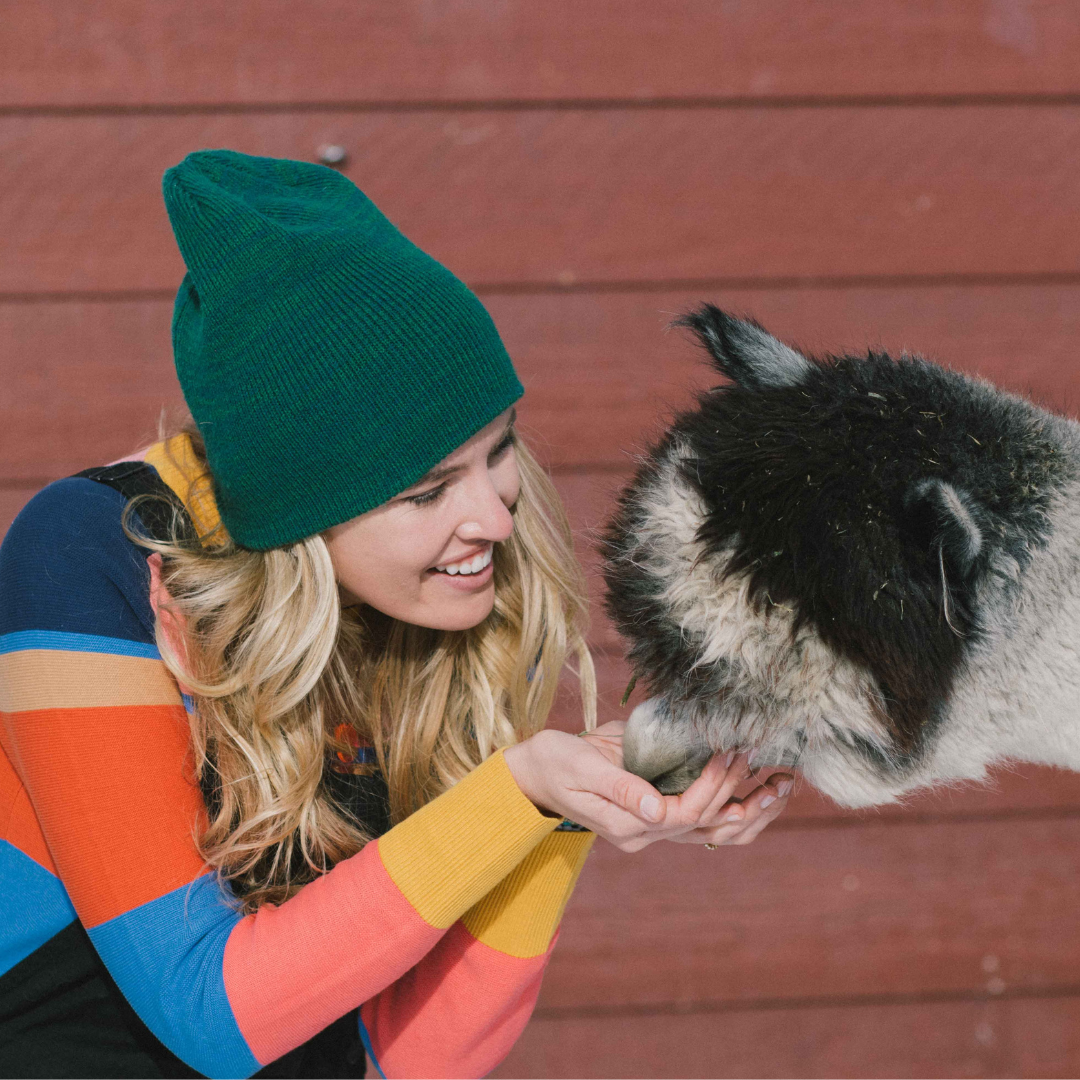Premature Alpaca Cria
Alpaca babies are lovely fluffy creatures, usually full of life and active from birth. Once completely out of the mother’s womb and on the ground, the baby should start to wiggle and move, kicking its legs and breathing the air to start inflating its lungs. It should work to sit up and cush
 Occasionally, one will have a slow start - maybe because they are very small, or because they were premature, born before their due date, or dysmature, which is born on time but not yet ready for this world. These fragile cria need intensive care, to monitor their temperature and assist them feeding, if they are to survive.
Occasionally, one will have a slow start - maybe because they are very small, or because they were premature, born before their due date, or dysmature, which is born on time but not yet ready for this world. These fragile cria need intensive care, to monitor their temperature and assist them feeding, if they are to survive.
Temperature regulation
Cria body temperature should range between 100 F and 102 F. If the baby is lethargic, take their temperature frequently (every 15 minutes until the temperatures become consistent). As a premature baby, it is very difficult for them to regulate their body temperature and should be monitored carefully. It can spike to 104.7 F in a matter of minutes, as well as as plummet to 96 F just as quickly. If it sky rockets, douse in cold water and wrap the belly / torso in a cold towel. If it is cold, use heating blankets to help monitor the temperature until they are healthy enough to keep themselves warm.
Frail, dysmature and premature cria cannot regulate their own temperature. Premature human babies are the same, and they have incubators to maintain a steady temperature. We have cria coats which we put on young cria when it is raining or cold. We also have a cria care area inside our barn, just big enough for a dam and her baby, and a human if necessary. Here we can keep them warm at night, dry during rain, and close for bonding together. Many times, when a baby is not well, our guard dogs want to be with them as well. As long as the mother is not concerned about the dog(s), we let them be with them as long as they want. They are concerned about them, too.
Fragile cria are often too weak and small to stand to feed from their mother. If the baby is weak and has not nursing, milk the mother for their colostrum and milk. Having food in the belly also helps with regulating temperature. The baby should have colostrum and milk within the first 4-6 hours of their life for best absorption. If the mother does not have milk, use powdered or goat colostrum and raw goat milk. We have a farm down the road from us that is an easily accessible source.
Premature cria need feeding little and often - and for cria this means every two hours for the first day and night. After the first couple of days, if temperature is normal, and weight is being maintained, frail cria can be fed three-hourly for the next three days unless it is able to feed on its own.
Sometimes, an enema is necessary to process the food. If the baby has urinated but not deficated, take 20 ccs of warm water in a syringe. Inject it into the rectum and hold the water in with your finger about 10-15 seconds. Aim the baby away from on you and place on the ground. This should help their bowels get going rather quickly with immediate results.
Bonding with mom
We always keep a dam and her cria together, as bonding between the two is so important. For fragile cria, interventions to regulate their temperature may mean taking a cria from its mother for a few hours.
Some warn that rubbing the cria too much will make the mother shy away / reject the cria. I disagree, love them up as much as possible. Not only do these help imprint the baby for the future, it gives them love and comfort, something all babies need. Plus, once they are up and going, you will not get the opportunity again.
Watch warily
If you have a fragile cria, monitor it closely. Record all the interventions that you do, including how much it drinks. Note what comes out the other end as well, as cria guts are the last organ to form, and may be tender or incomplete. Take its temperature and weight regularly, remain vigilant, and take quick action.
 The first week is the crucial time. If you can get a fragile cria to a week old, your chances improve that it will survive. Seeing the once fragile cria living out in the paddock is hugely rewarding for the all-consuming challenge of getting it up and going. It is rare that we loose a cria, but it happens. We know that we have done all that we can to help them. Some just fail to thrive, while others catch up quickly to the other cria in a matter of days.
The first week is the crucial time. If you can get a fragile cria to a week old, your chances improve that it will survive. Seeing the once fragile cria living out in the paddock is hugely rewarding for the all-consuming challenge of getting it up and going. It is rare that we loose a cria, but it happens. We know that we have done all that we can to help them. Some just fail to thrive, while others catch up quickly to the other cria in a matter of days.
If you have questions or would like clarification, feel free to contact us.


























































































